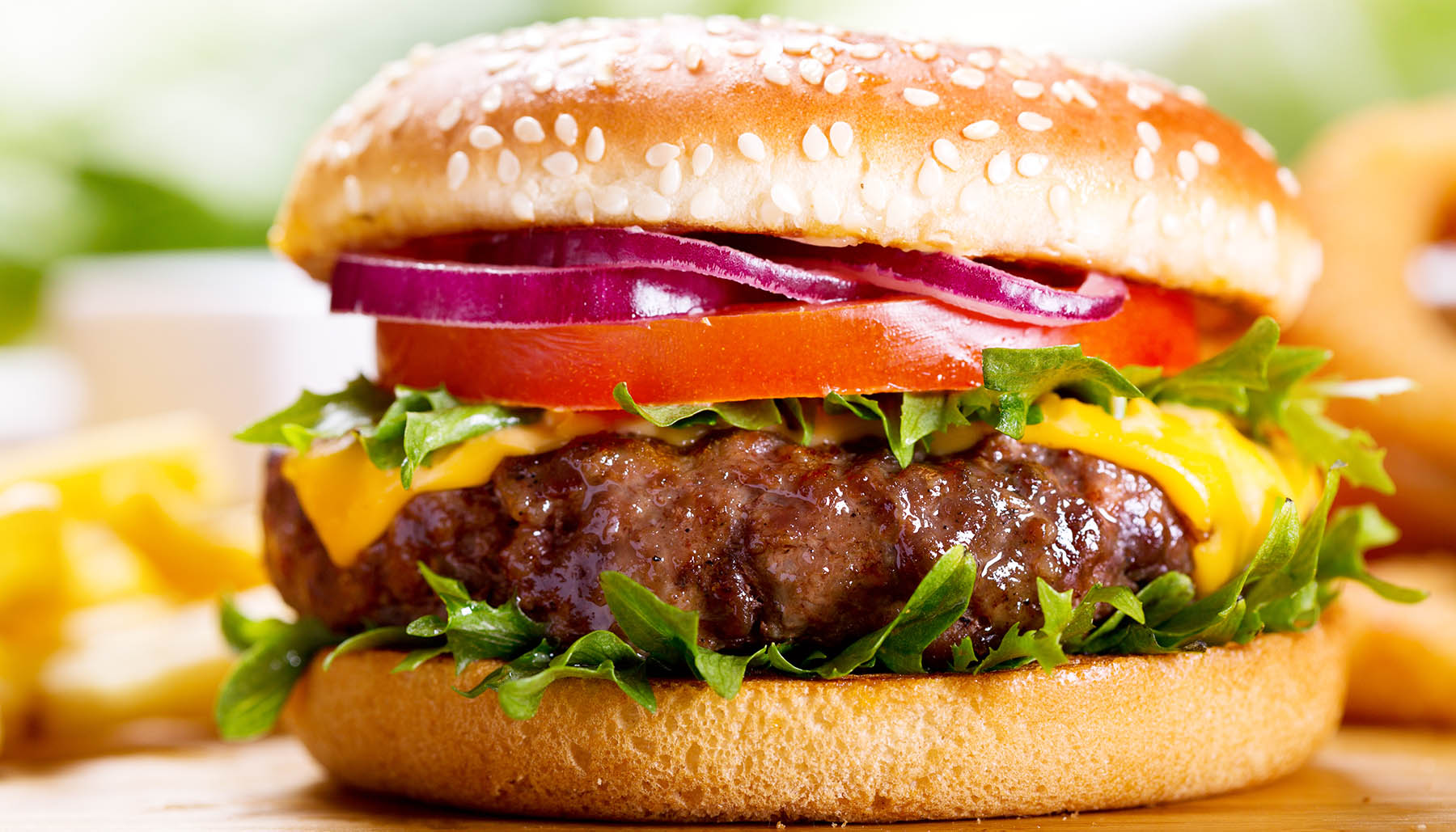Taking care of the environment is important to many people, and you don’t have to plant a tree to make a difference. One of the easiest ways to help the environment is to buy and eat the right kinds of foods.
The foods produced in our country and around the world impact the air we breathe. Here are three of the best – and three of the worst – foods for the environment and the reasons why you should eat (or avoid) them.
Eat More: Beans
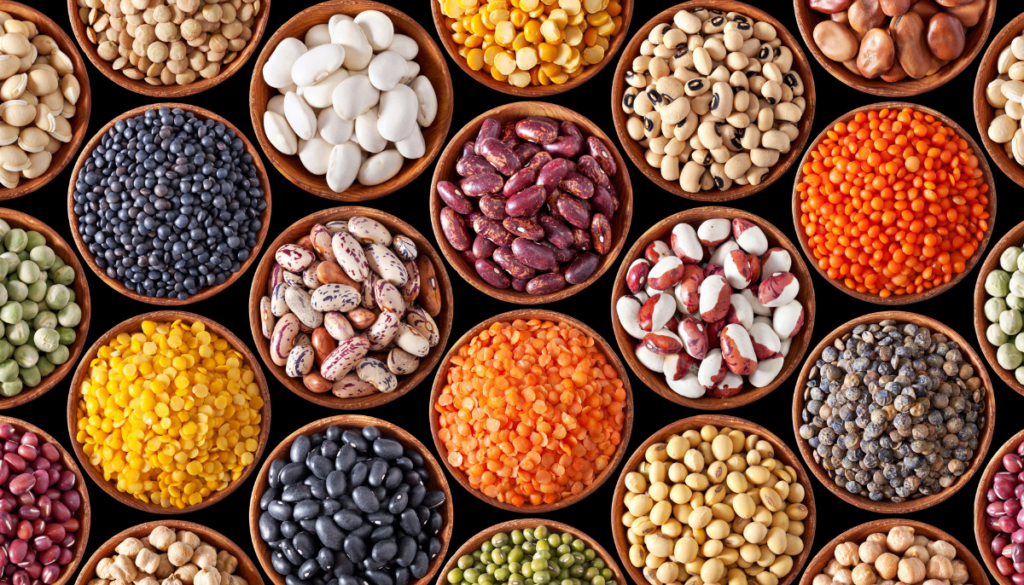
Beans are close to the top of the list of foods you can eat that are actually good for the environment. Lentils, fava beans, soybeans, and many other varieties are great for the environment because they can convert nitrogen from the air, and then change it into a different form that can be used by plants. They’re also great for your health because they contain fiber, protein, and B vitamins.
Eat More: Tomatoes
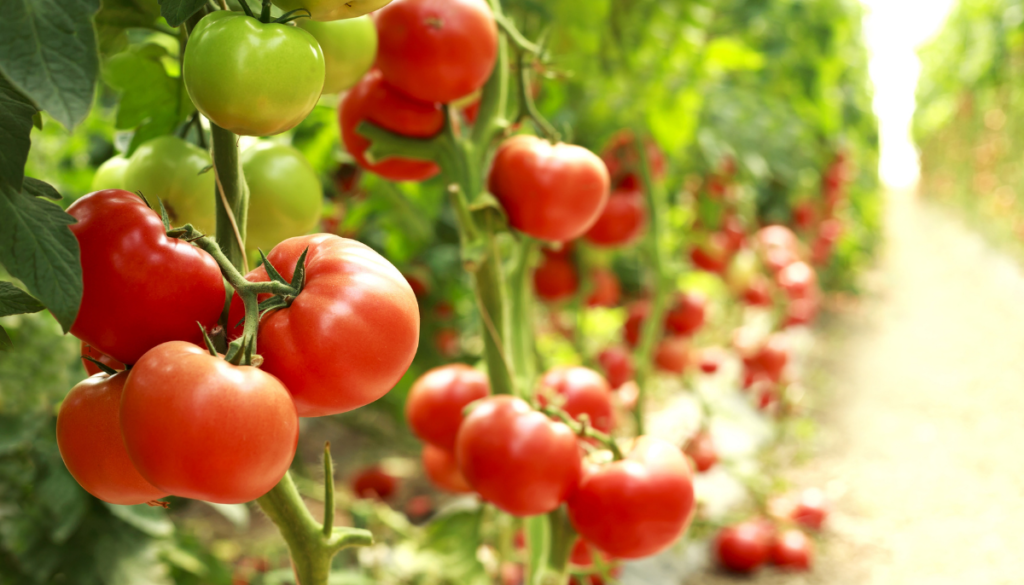
Buying local tomatoes is great for the environment, but the keyword here is local. If your tomatoes are shipped in from Morocco, then you have to factor in all the carbon emissions it took to get them to you.
However, if you buy locally grown tomatoes, then you can rest easier knowing that they produce 2.09 kilograms of greenhouse gas emissions per 1 kilogram of tomatoes, which puts them lower on the list.
Eat More: Nuts
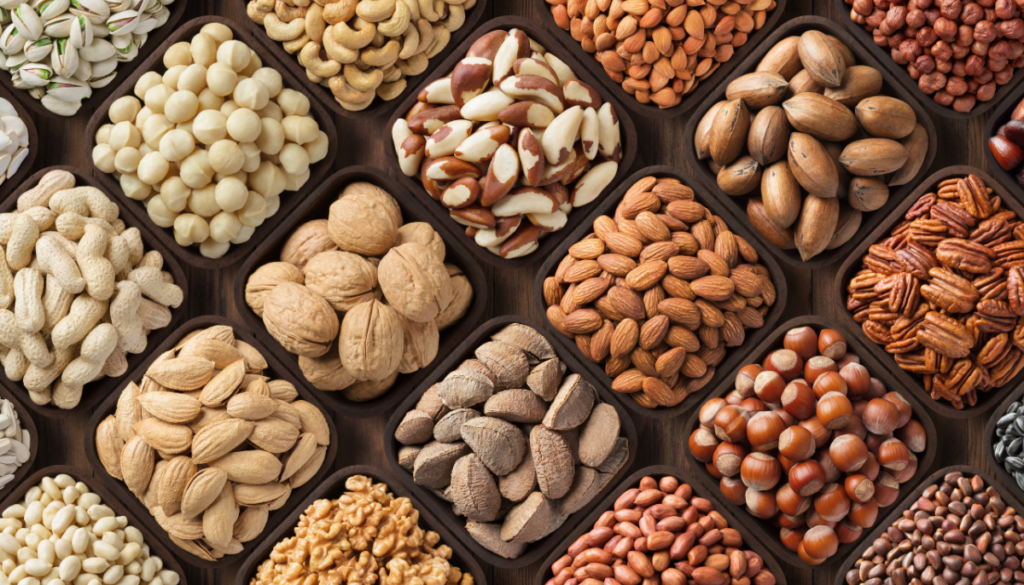
According to a 2018 study, nuts emit only .43 kilograms of greenhouse gasses (much less than a pound) per kilogram. That’s one of the lowest rates of all foods, so it’s a great reason to add more nuts to your diet.
On top of the environmental benefits, they’re also great for your health. They contain plenty of protein, fiber, and vitamins, and minerals.
Avoid: Lamb
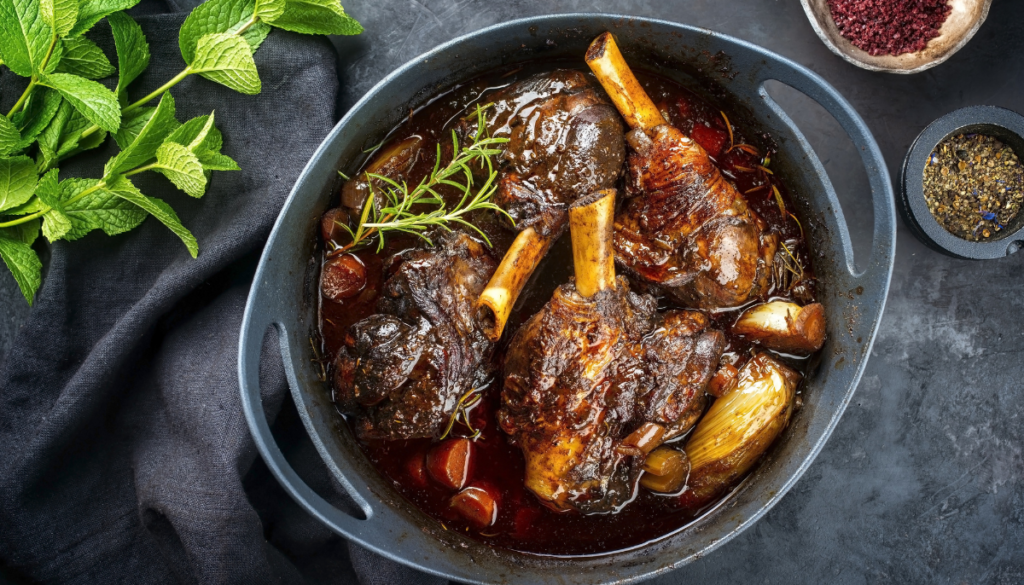
You might not eat a lot of lamb, but if you do, you should know that it’s extremely bad for the environment. It has the worst environmental impact because of the nature of the animal itself.
Lambs don’t produce as much meat as beef does, but they produce even more carbon dioxide equivalents than beef. If lamb isn’t a part of your diet now, keep avoiding it.
Avoid: Beef

If you’re a hamburger lover, prepare yourself: beef is one of the worst foods for the environment. Sources state that a kilogram of beef (a little over 2 pounds) emits 60 kilograms of greenhouse gases (or 132 pounds). That’s a lot of pollution just so we can have some hamburgers.
Limiting how much beef you eat (or even better, cutting it out entirely) is a great practice if you’re wanting to help the environment – and it can improve your health, too! Beef consumption is tied to cardiovascular disease.
Avoid: Cheese

Cheese is everywhere in our culture, and why not? It’s absolutely delicious (in my opinion, at least!) and makes most foods taste better. Because it’s so good, it can be really difficult to eliminate this tasty ingredient from your diet. Cutting out beef is one thing, but cutting out cheese is another.
However, cheese is one of the worst foods for the environment. Cheese is made from the milk that comes from dairy cows, which release large amounts of methane into the atmosphere. Methane is problematic because it has a global-warming effect that’s 25 times worse than carbon dioxide. If you can’t stop eating cheese, try to reduce the amount of cheese you consume.
These are only some of the best and worst foods for the environment, but there are many more. If you’re curious about your favorite foods, or you want to know which foods to eat more of and which to avoid, take some time to read through the research that’s out there. Then start looking into fun new recipes!

